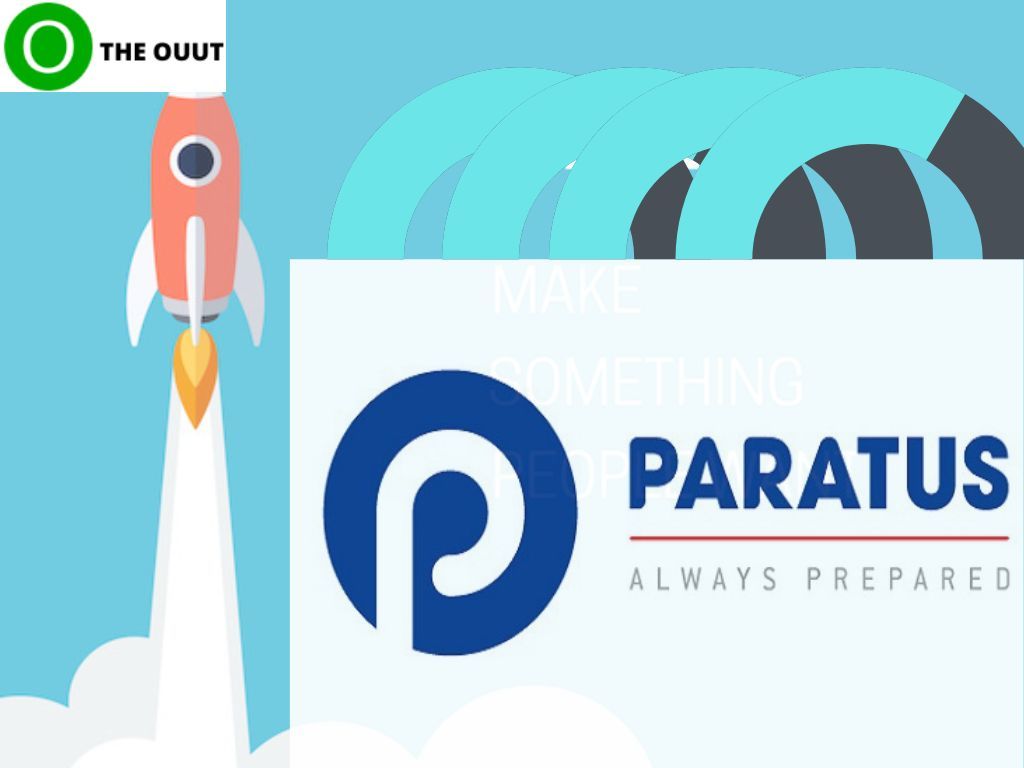Highlighting the Meteoric Growth of Paratus Namibia

When Paratus Namibia committed itself to build Namibia’s first carrier-neutral data center in Windhoek, it was an indication that the company was set out to develop the country’s digital landscape. The launch of the Armada data center in August this year came at a time when cloud services were being concentrated in South Africa. Unperturbed by this flow, Paratus launched the Armada, promising that the facility will give Namibian companies the chance to participate in the fourth industrial revolution (4IR).
Paratus Namibia, part of Pan-African telecommunications company Paratus founded as Internet Technologies Namibia in 2005. The parent company is responsible for the first privately wholly Namibian-owned telecommunications operator.
In order to commercialize its national fiber optic network and launch The GridOnline, Paratus Namibia and Nampower, the nation’s power utility, signed a contract in 2019. For its routes in and across Namibia, The GridOnline will increase fiber coverage and create redundancy. According to Paratus, its fiber network from Namibia’s west coast to Caprivi, Botswana, and through South Africa into its global network already offers redundancy.
The ProSBC Design
Collecting call detail records (CDR) and appropriately charging clients for their usage became a significant problem for Paratus Namibia. The regular fee changes that interconnect operators would publish made the billing process more difficult and necessitated frequent adjustments to the billing algorithms, all of which had to be done manually. The team at Paratus made the decision to re-examine the phone infrastructure in order to address the dependability and billing issues, looking into new voice network equipment, geo-redundancy, and commercial software tools that could scale with their business.
With facilities at their Windhoek headquarters and the surrounding Pioneers Park, Paratus resumed with a brand-new network topology built from the ground up and based on a geo-redundant design. The ProSBC session border controller software was built on a layered approach with levels for connecting, access, and billing network interfaces. ProSBC provides an interface to a billing software solution while managing call traffic and security in this architecture.
Over 700 commercial and business customers are already being served by Paratus in Namibia using its network topology, security, and billing infrastructure, and the company is rapidly entering the residential and small business industries. In order to offer international calling plans, Paratus is now peering with eight interconnect operators worldwide and four national interconnect operators.
Ongos Valley Smart City
In 2021, Paratus Namibia was chosen by Ongos Connect, a company working with Ongos Valley, Namibia’s first smart city development, to bring fibre connectivity to over 11,000 new residents in the new city. The deal marked the culmination of a two-year planning process during which Paratus worked to construct the infrastructure required to give homeowners the required fibre connectivity. The deal stipulates that for the first five years of residence, 1GB of free data will be provided to every Ongos Valley inhabitant each month.
Ongos Valley, which is close to Windhoek in Namibia’s northwest, is thought to be a long-term investment in a city with sustainably managed resources that is powered by solar and green energy, and where technology and data are used to manage resources and assets effectively. All homes and businesses are to receive fiber connectivity via Paratus’ network. The integration of services will make it possible for everyone to access them at the best possible price.
The Equiano Deal
Paratus Group announced the landing of Equiano subsea cable in Swakopmund, Namibia on July 1st, 2022. Prior to the landing, Paratus had entered into an agreement with Google to be the landing partner for the Equiano cable in Namibia last February. According to the corporation, the landing station’s construction was finished in June of last year. The internal fit, which included raceways, cages, conduits, cabinets for wiring, and security, was finished in January 2022.
Barney Harmse, CEO of Paratus Group, argues that although Namibia has greater internet access levels than the typical sub-Saharan African country (29%), it has up until now relied on the West Africa Cable System (WACS) for its international connections. Due to its four times greater capacity than WACS, the landing of the Equiano cable will greatly boost Namibia’s capacity for international bandwidth. As a result, the country’s connectivity will be more stable, and data will be transmitted globally faster and with less delay.
Due to its expanded capacity, the Equiano subsea cable will offer communications variety. This will directly affect connectivity, resulting in quicker internet speeds, greater market flexibility, and a better user experience for Namibian customers.
